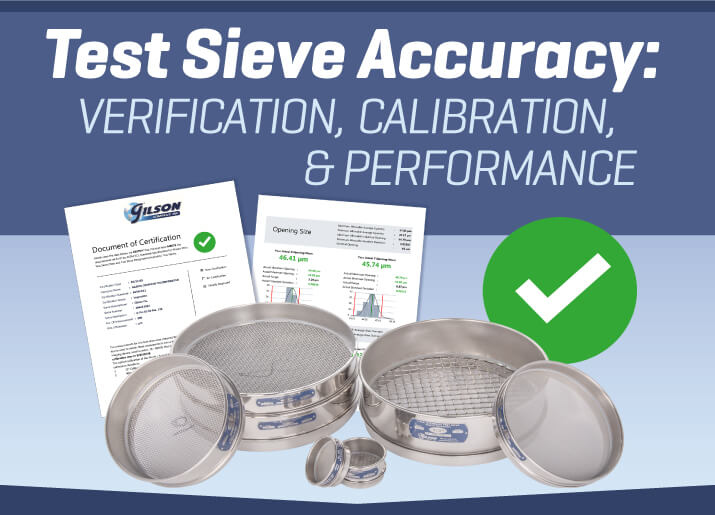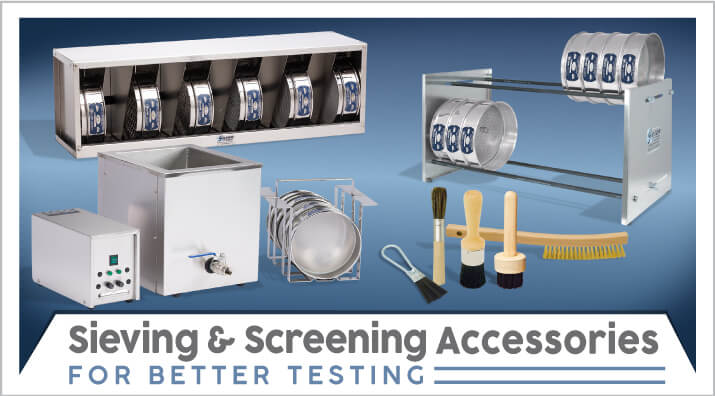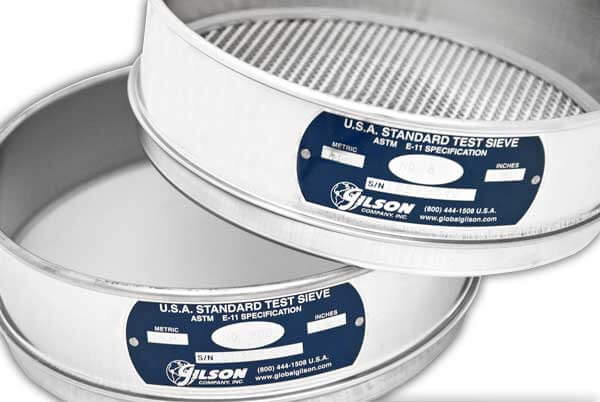Verification, calibration, and performance tests all contribute to the accuracy of test sieves. Understanding sieve accuracy will ensure you get the information you need out of your test sieves or screen trays.
- Log in
- Favorites List
-
Shopping Cart
You have no items in your shopping cart.
- Gilson Chat
Blog posts tagged with 'Quality Control'
Have questions about your materials testing equipment? We have the answers to these questions and much more right here! Check back monthly for long-form blog posts, how-to guides and infographics. We’ll address industry insights, the operation and maintenance of specific equipment, and our product line recommendations, all designed to better serve you.
Bookmark this page, add it to your RSS reader, or subscribe to our newsletter, so you never miss a hot topic.
Particle sizing with test sieves is a hands-on process with many small, repetitive tasks that must be carried out properly. Selecting the right accessories for each job and using them correctly makes the work faster and easier, but it also significantly affects testing efficiency, accuracy, and repeatability. This article closely examines the tools that optimize test sieving procedures and ensure your sieves meet the requirements of standard test methods.
Screen Trays are the heart of all Gilson Testing Screen Shakers. In this blog post, we discuss how to get the most accurate results and extended life from your testing screen trays.
Fines and dust in asphalt and concrete aggregates have always been a problem. Whether naturally occurring or resulting from degradation during handling and transport, undesirable or unknown amounts of fines can impact the performance and cost of composite materials. This blog post discusses the importance, process, and procedure.
Reference materials for test sieves are used to evaluate and help ensure continued quality performance of sieves in compliance with ASTM or ISO standards. Sieve Verification Services provide further assurance of compliance through laboratory optical or microscopic examination.
Unsure of when to replace your sieves? The best place to start is with an ongoing, in-house quality control program. Learn how to implement this type of program in five easy steps.
- 2025
- 2024
- 2023
- 2022
- 2021
- 2020
- 2019
- 2018
- 2017
- 2016
- 2015





















